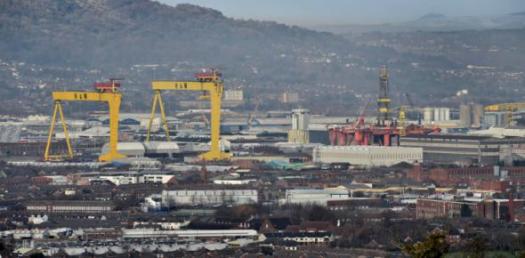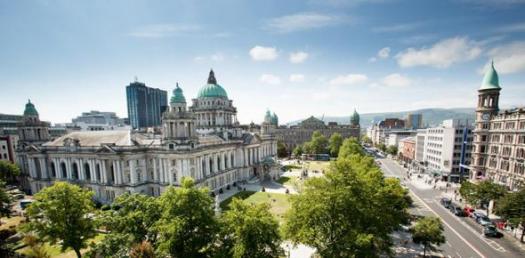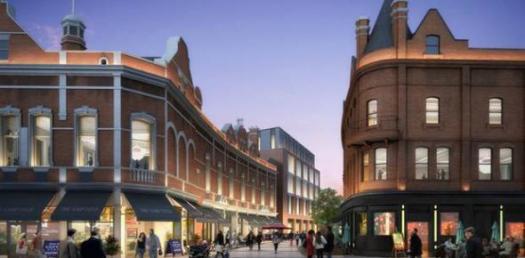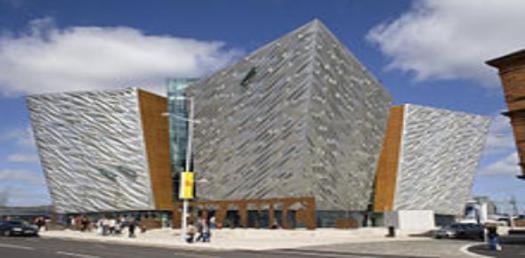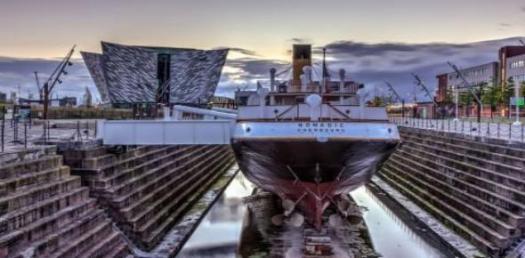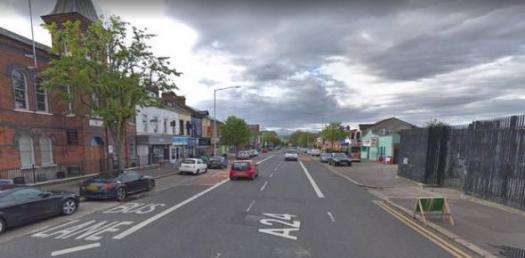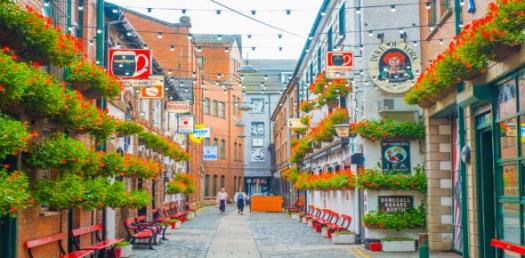Belfast History Trivia Quiz
(277).jpg)
The ancient city of Belfast is the capital city of Northern Ireland, a historic city home to the political murals of the 20th century ‘Troubles’ conflict, and the Titanic Quarter which showcases the redeveloped dockyards where the Titanic was built and a contemporary museum, Titanic Belfast.
Test your knowledge on the history of Belfast with these questions.
- 1.
When did Queen Victoria grant a county city status?
- A.
1880
- B.
1884
- C.
1888
- D.
1892
Correct Answer
C. 1888Explanation
In 1888, Queen Victoria granted a county city status.Rate this question:
-
- 2.
When has the city of Belfast been occupied?
- A.
Stone Age
- B.
Bronze Age
- C.
Iron Age
- D.
Middle Age
Correct Answer
B. Bronze AgeExplanation
During the Bronze Age, the city of Belfast was occupied. This period, which lasted from around 2500 BC to 800 BC, was characterized by the use of bronze tools and weapons. It was a time of significant cultural and technological advancement, with communities developing agriculture, trade networks, and metalworking skills. The occupation of Belfast during this era suggests that it was an important settlement during the Bronze Age, likely engaged in trade and cultural exchange with neighboring communities.Rate this question:
-
- 3.
Where is The Giant’s Ring?
- A.
Near the city
- B.
Centre of the City
- C.
Around the City
- D.
In the city
Correct Answer
A. Near the cityExplanation
The correct answer is "Near the city" because the question asks for the location of The Giant's Ring, and the option "Near the city" suggests that it is close to the city but not necessarily within it. This implies that The Giant's Ring is located in close proximity to the city, but not directly in the city itself.Rate this question:
-
- 4.
How many years old is the Giant’s ring, an historic landmark of Belfast?
- A.
1000
- B.
2000
- C.
3000
- D.
5000
Correct Answer
D. 5000Explanation
The Giant's Ring is an historic landmark of Belfast that is believed to be 5000 years old. This suggests that the Giant's Ring dates back to ancient times, making it a significant archaeological site. Its age also highlights its cultural and historical importance in the region, as it has withstood the test of time for millennia.Rate this question:
-
- 5.
What century did Belfast become a substantial settlement?
- A.
15th
- B.
16th
- C.
17th
- D.
18th
Correct Answer
C. 17thExplanation
In the 17th century, Belfast became a substantial settlement. This means that during this time period, Belfast experienced significant growth and development, likely due to factors such as trade, industry, or population increase. The 17th century marked a pivotal period in Belfast's history, shaping it into the significant settlement it is today.Rate this question:
-
- 6.
Who established Belfast as a town?
- A.
Sir Arthur Chichester
- B.
Sir Arthur Chicheley
- C.
Sir Arthur Chicester
- D.
Sir Arthur Chieaster
Correct Answer
A. Sir Arthur ChichesterExplanation
Sir Arthur Chichester established Belfast as a town.Rate this question:
-
- 7.
When did Belfast become the capital city of Northern Ireland?
- A.
1920
- B.
1921
- C.
1922
- D.
1923
Correct Answer
C. 1922Explanation
In 1922, Belfast became the capital city of Northern Ireland. This was a result of the partition of Ireland in 1921, which led to the creation of Northern Ireland as a separate entity from the rest of Ireland. The government of Northern Ireland was established in Belfast, making it the capital city.Rate this question:
-
- 8.
What government act made Belfast the capital of Northern Ireland?
- A.
Government of Ireland Act 1920
- B.
Government of Ireland Act 1921
- C.
Government of Ireland Act 1922
- D.
Government of Ireland Act 1918
Correct Answer
A. Government of Ireland Act 1920Explanation
The Government of Ireland Act 1920 made Belfast the capital of Northern Ireland. This act was passed by the British Parliament and it partitioned Ireland into two separate entities - Northern Ireland and Southern Ireland. Belfast was chosen as the capital of Northern Ireland, while Dublin remained the capital of Southern Ireland. The act also established separate parliaments for both regions, with Belfast being the seat of government for Northern Ireland.Rate this question:
-
- 9.
When did The Troubles, a civil conflict begin?
- A.
1969
- B.
1970
- C.
1971
- D.
1972
Correct Answer
A. 1969Explanation
The Troubles, a civil conflict in Northern Ireland, began in 1969. This period of violence and political unrest lasted for about three decades until the signing of the Good Friday Agreement in 1998. The conflict emerged due to tensions between the Catholic nationalist community, who wanted Northern Ireland to become part of the Republic of Ireland, and the Protestant unionist community, who wanted to remain part of the United Kingdom. The year 1969 marks the start of widespread violence and riots between these two communities, leading to the escalation of the conflict.Rate this question:
-
- 10.
When did The civil conflict termed the Troubles end?
- A.
1995
- B.
1996
- C.
1997
- D.
1998
Correct Answer
D. 1998Explanation
The civil conflict termed the Troubles ended in 1998. This is the correct answer because the Troubles refers to the period of intense political and sectarian violence in Northern Ireland, primarily between the late 1960s and 1998. The Good Friday Agreement, which was signed on April 10, 1998, marked the end of the Troubles and established a framework for peace and political stability in Northern Ireland.Rate this question:
-
Quiz Review Timeline +
Our quizzes are rigorously reviewed, monitored and continuously updated by our expert board to maintain accuracy, relevance, and timeliness.
-
Current Version
-
Mar 21, 2023Quiz Edited by
ProProfs Editorial Team -
Apr 26, 2019Quiz Created by
Gregorynaomi



